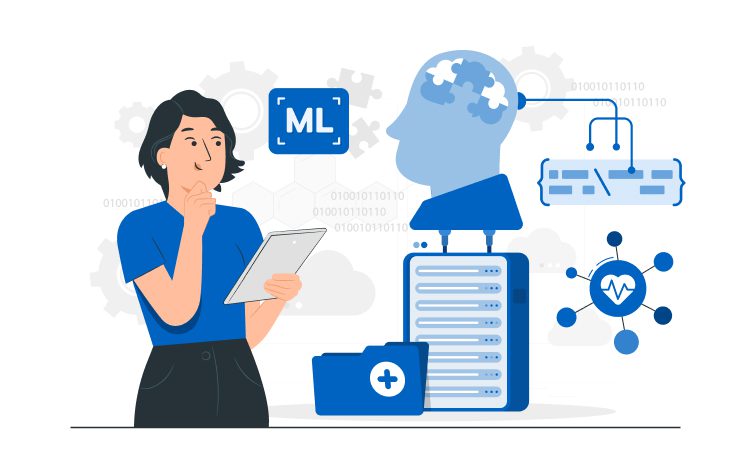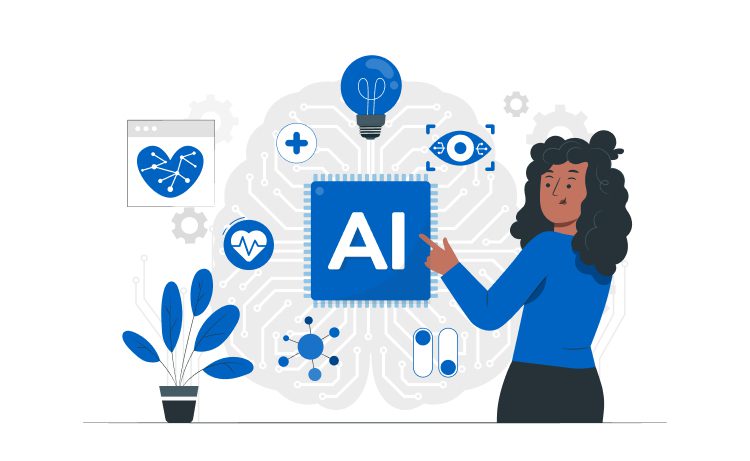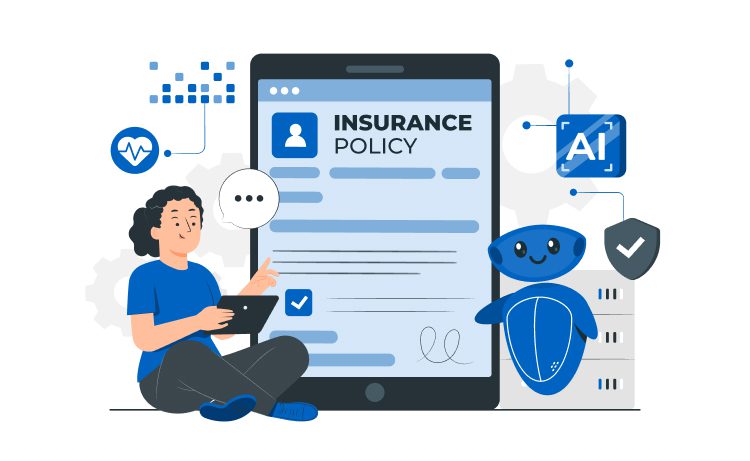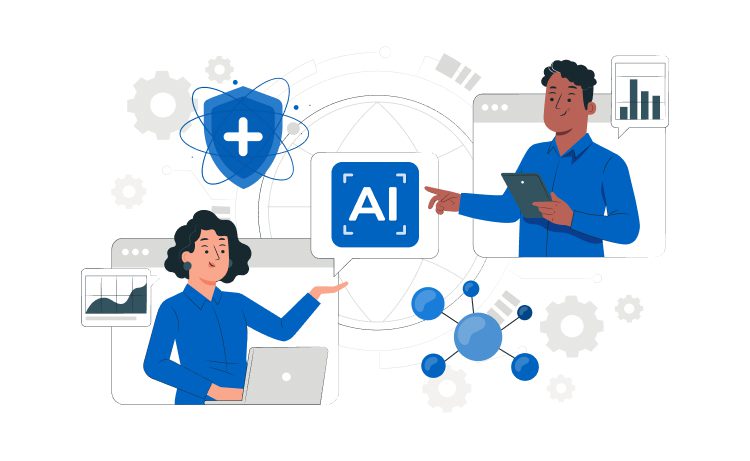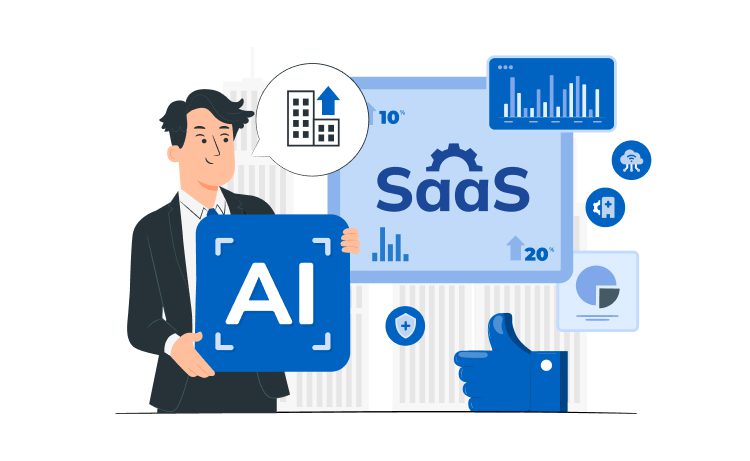
How to build a LIMS system in 5 simple steps



The demand for medical laboratory services has increased significantly due to the pandemic. Rapidly growing testing volumes and an aging population were the main reasons for the increase in revenue.
According to the Grand view research report, the global market for clinical laboratory services is estimated at $200.3 billion in 2020 and will grow by 4.7% annually. The impressive pace of development has contributed to the proliferation of modern technology solutions such as the Laboratory Information Management System (LIMS).
Using the program allows employees to speed up their routine processes and increase the accuracy of the test results obtained. How to build an IT system correctly to meet the expectations of a particular laboratory?
Content
LIMS is an IT product that provides regulation of laboratory procedures, processing of studies and documentation. Most companies find out what LIMS is after feeling its impact on business processes.
According to Markets and markets, the global LIMS market will reach $2.1 billion by 2026, up from $1.1 billion in 2021. The rapid development of the IT system is due to its positive impact on the automation of laboratory procedures and the work of employees.
The goals of LIMS are to increase the efficiency of intra-laboratory operations and eliminate the risk of human error. Employee productivity is improved by delegating the drafting and document review functions to a digital system. Many companies are implementing the software to solve such problems:
LIMS can be used in any industry that relies on laboratory analysis results. For example, operations in the pharmaceutical, food, or metallurgical sector.
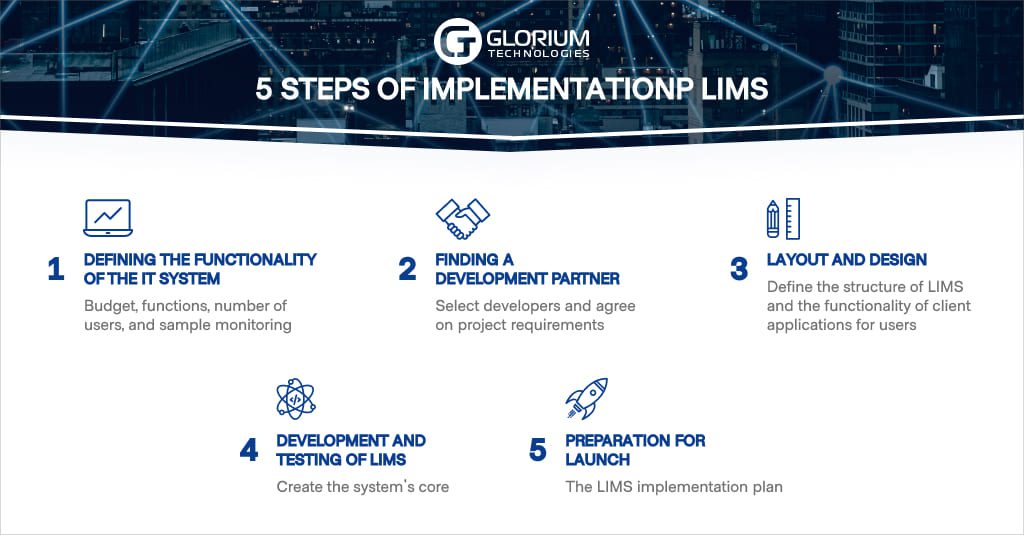
System functions allow you to monitor the status of equipment and instruments. For example, regulate the temperature in freezers and maintain normal conditions for solutions. Also, you can plan the calibration and maintenance of devices and their components.
The software monitors the registration of samples. It processes and collects information about the identifier, origin, and quantitative indicators. Tracking usually implies barcode marking. The system also monitors the touchpoints and locations of the sample, provides information about the people who work with it, and indicates the next step in the laboratory procedure.
The tool records the use of samples, confirmation of personnel qualifications, and maintenance of devices. The system also saves report templates and helps to create test documents and quality certificates following regulatory requirements. It captures electronic records and provides a history of editing by employees, creating a common working environment.
The system can automatically write off inventory and order from verified contractors. This feature assumes obtaining information about the location and how they are stored. The IT product regulates waste, monitors expiration date, and counts used materials as part of the research.
LIMS can interoperate with enterprise management systems (ERP), configuring data in a user-friendly format with Product Information Management Systems (PIMS). The program also connects to corporate manufacturing execution systems (MES), instrumentation, and other digital products.
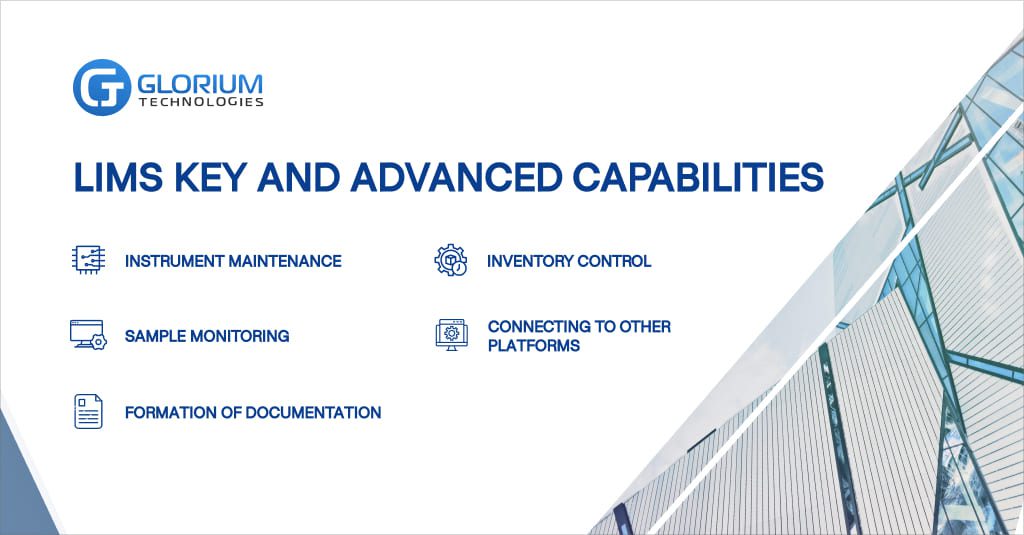
The characteristics of the LIMS must meet the requirements of the specific enterprise. Before creating, you should evaluate proposals from suppliers of ready-made software in the market. Typically, they provide a basic set of functions for an IT system.
Developing a customized solution may cost more, but it is tailored to the laboratory’s goals. Key points before creating an IT infrastructure:
It is also important to determine what LIMS is used for when selecting additional features. It may be needed for non-routine laboratory operations. For example, built-in features for interaction with customers (regulation of contractual relationships).
A LIMS supplier provides a demo version, pricing for implementation and revision, tool integration, and digital product updates. Some services may be free. If the proposed system is suitable, the customer will receive a set of ready-made functions and the ability to make changes according to individual needs.
LIMS software development involves the creation of a unique system following the terms of reference. In this case, an IT outsourcing company or an IT team should be hired.
Technical specifications will help to receive clear requirements and will be the basis for checking the finished product. It should contain the terms and cost of the project, the intended functions of the LIMS, and the work plan.
After the requirements are formed, they need to be agreed upon with the selected LIMS developers. Also, it is required to handle legal aspects such as health information protection (HIPAA and GDPR), IT product regulatory support (CAP, CLIA, FDA).
A visualization of the LIMS will provide a detailed view of the required system characteristics. This stage includes editing, discussing the graphical interface, and agreeing on additions. Designing involves customizing screens, navigating areas, and modeling the customer journey.
The menu and toolbar provide interaction with the user. It is necessary to define the structure of LIMS and define the functionality of client applications for engineers, laboratory assistants, and other employees. The prototype should fully reflect its appearance for the user.
LIMS software contains tables, graphs, reports, and hierarchical classifications for displaying data. It is necessary to draw up diagrams of the laboratory process and simulate a visual representation of the system. The finished layout is subject to approval and editing with the specialists who will use the system.
After the approval of the layout, the detailed architecture of LIMS is developed, and the source code is written. However, problems and additional requirements can be discovered even with careful planning. Therefore, the customer must monitor the development process to identify differences at an early stage.
When creating the system’s core, the specifics of future research and the functionality of LIMS for a particular industry must be considered. It is specified in the technical specification, and the customer may require some modifications as well. Now the finished software is subject to internal testing.
Successful results from the first LIMS validation allow for user testing. Laboratory staff checks the program under similar production conditions without affecting the underlying data. Any issues identified must be corrected before the deployment of LIMS.
After testing the LIMS functionality, it is required to provide personnel training and prepare the network and equipment. The implementation process must take place on certain dates agreed with the customer and employees. To start, you need to draw up a detailed plan that will resolve the following issues:
Deviations from the plan when implementing LIMS can lead to negative results of the trial operation of the system. According to an Astrix survey, 54% of respondents have internal IT support. It helps to eliminate possible problems after launching and ensures the stable operation of the system.
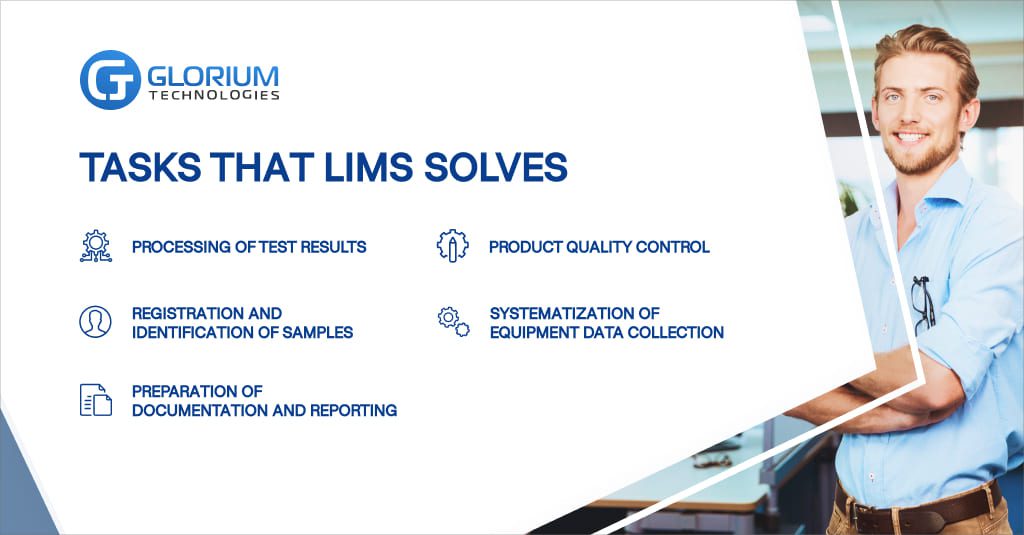
According to the Astrix survey, 77% of companies reported ongoing LIMS deployments in their laboratories. More than half of the respondents noted that LIMS has significantly improved operational efficiency. Laboratory information system benefits include several directions of laboratory procedures automation:
The introduction of digital technologies helps to save money. For example, the average laboratory of chemical quality control reduces costs by 25-45%. The development of LIMS is the first step towards improving the accuracy of research results, accelerating data processing, and increasing the productivity of company personnel.


